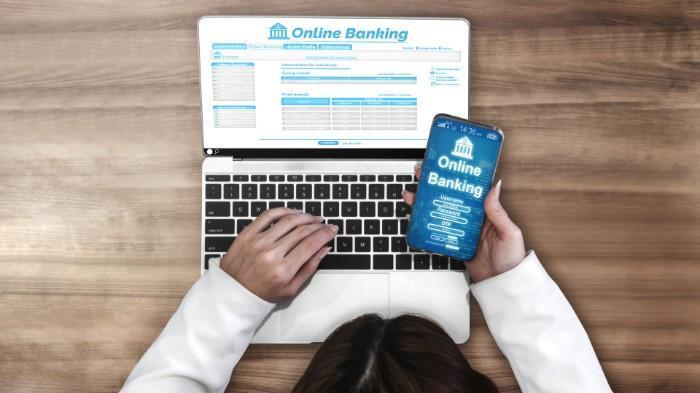In today’s fast-paced digital world, online banking has become an essential tool for managing finances efficiently. Whether you’re paying bills, transferring funds, or simply checking your account balance, digital banking offers convenience, security, and flexibility. But if you’re new to the world of virtual finance, getting started might feel overwhelming. This digital banking guide will help you understand how online banking works, its benefits, and how to use it safely.
With financial institutions constantly upgrading their technology, the shift from traditional banking to digital platforms is growing rapidly. Understanding the basics of online banking ensures that you make informed decisions while keeping your financial information secure.
The Benefits of Digital Banking
One of the key reasons many people switch to online banking is the convenience it offers. No more waiting in long queues at the bank or being restricted to banking hours. With a few clicks, you can access your accounts anytime and anywhere.
Another advantage is cost-effectiveness. Many banks offer lower fees or even zero maintenance charges for online banking users. Additionally, digital transactions are often faster and more efficient than traditional methods, saving both time and effort.
Security is also a top priority in online banking. Banks use high-end encryption and multi-factor authentication to protect user data from cyber threats. By following best practices, such as using strong passwords and enabling alerts, you can enhance your online banking security.
How to Get Started with Online Banking
Getting started with online banking is simple. The first step is to check if your bank offers digital banking services. Most banks provide online banking options through their websites or mobile apps.
To register, you’ll need to create an account using your personal details, such as your name, contact information, and account number. The bank will then provide you with login credentials or a way to set up your secure access. Some banks may require identity verification to ensure security.
Once registered, familiarize yourself with the online banking platform. Learn how to navigate through different features like checking balances, making transfers, and setting up bill payments. Understanding these tools will help you take full advantage of digital banking.
Key Features of Online Banking
Online banking platforms offer various features designed to make financial management easier. Some of the most common features include:
Account Overview: Check balances, view transaction history, and download bank statements.
Fund Transfers: Move money between your own accounts or send funds to others quickly and securely.
Bill Payments: Automate payments for utilities, credit cards, and other services without the hassle of physical payments.
Mobile Check Deposits: Some banks allow users to deposit checks simply by taking a picture with their smartphone.
Budgeting Tools: Many banks provide financial planning tools to help track expenses and manage savings.
These features can simplify daily financial tasks, giving you more control over your money without the need to visit a physical bank.
Ensuring Security in Online Banking

While online banking offers convenience, it’s crucial to practice security measures to protect your personal and financial data. Here are some essential tips:
Use Strong Passwords: Create a complex password that includes numbers, symbols, and uppercase/lowercase letters.
Enable Two-Factor Authentication (2FA): Adding an extra layer of security makes it harder for hackers to access your account.
Beware of Phishing Scams: Be cautious of emails or messages asking for personal information. Always verify with your bank before clicking on any suspicious links.
Regularly Monitor Your Account: Check your transactions frequently to spot any unauthorized activity.
Avoid Public Wi-Fi for Banking: Public networks are less secure, making it easier for hackers to intercept your data.
By following these best practices, you can enjoy the benefits of online banking while ensuring your financial safety.
Choosing the Right Digital Banking Platform
With numerous banks and financial institutions offering online banking, it’s important to choose the right one for your needs. When selecting a bank, consider the following factors:
Reputation and Security: Opt for a bank with a strong track record of security and customer satisfaction.
Ease of Use: A user-friendly interface ensures seamless banking experiences.
Features and Services: Look for features that align with your financial habits, such as mobile check deposits, budgeting tools, or investment options.
Customer Support: Reliable customer service is essential in case you encounter issues or need assistance.
Doing research and reading user reviews can help you find the best digital banking platform that fits your lifestyle.
Future of Online Banking
The future of online banking is constantly evolving with advancements in technology. Artificial intelligence, blockchain, and biometric authentication are shaping the way digital banking operates.
Banks are also integrating more personalized services, such as AI-driven financial advice and predictive analytics, to help users make smarter financial decisions. As digital banking continues to grow, staying informed about new trends will ensure you maximize its benefits.
Conclusion
Online banking is a game-changer in modern financial management. Whether you’re paying bills, transferring money, or tracking expenses, digital banking offers unparalleled convenience and security. By following this digital banking guide, you can confidently navigate the world of online banking while ensuring your financial safety.
As technology advances, embracing online banking will allow you to stay ahead and manage your finances effortlessly. Start your digital banking journey today and experience a smarter way to handle your money.


